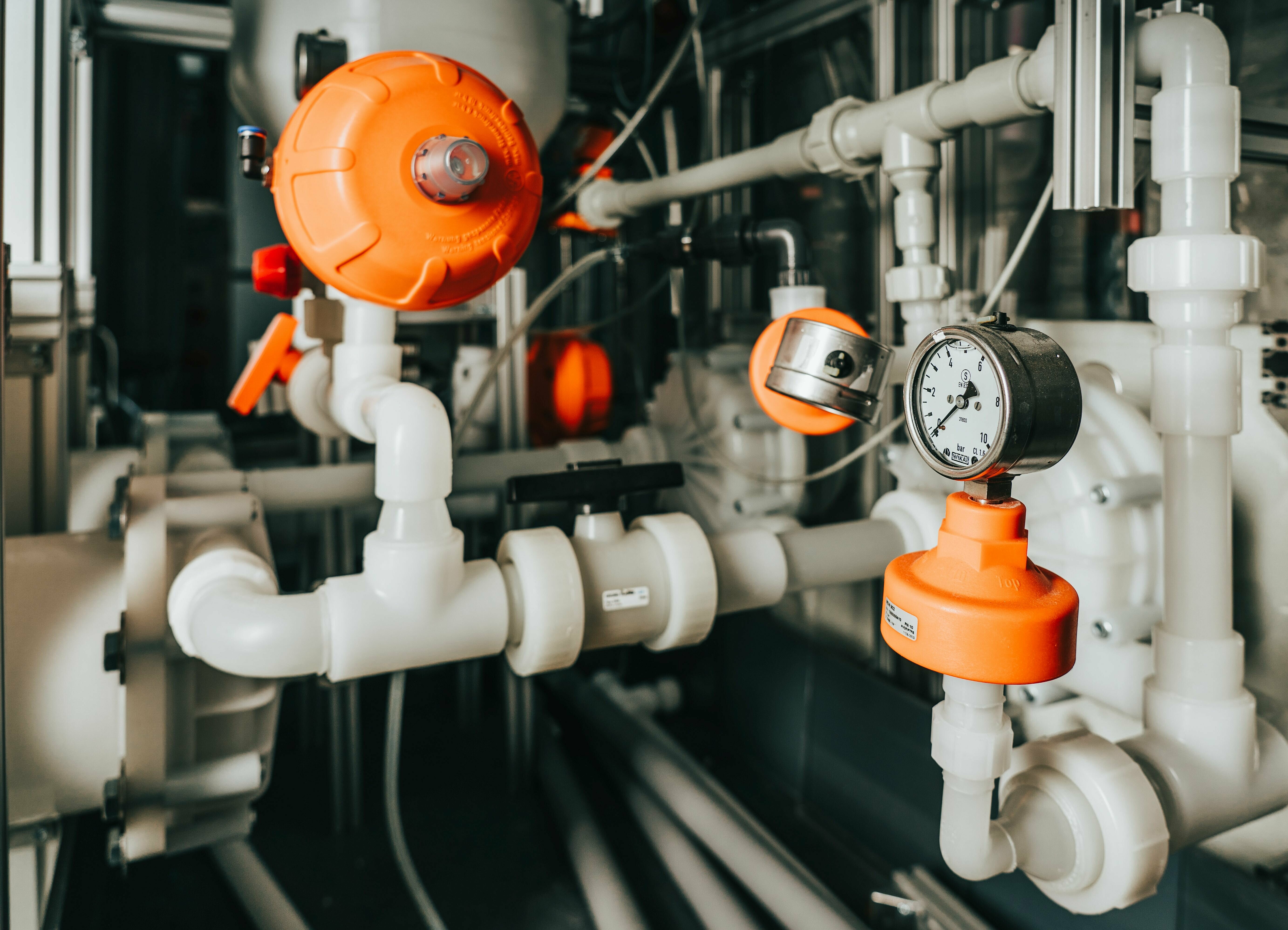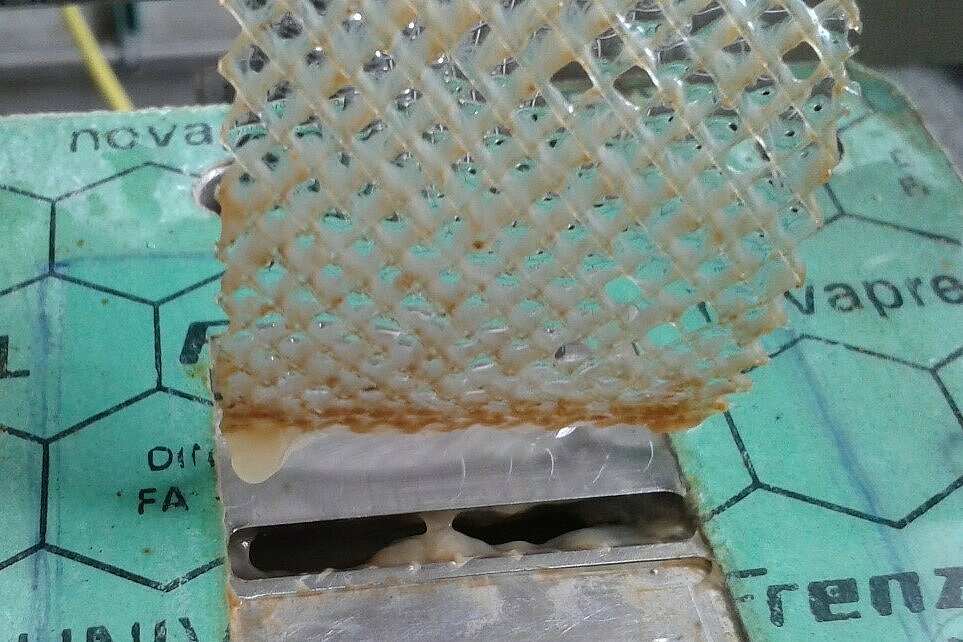
Membrane processes
Membranes provide a diverse range of future-thinking processes in the treatment of drinking water and wastewater. Stable operation and the reliable retention of contaminants are absolutely vital.

Membranes provide a diverse range of future-thinking processes in the treatment of drinking water and wastewater. Stable operation and the reliable retention of contaminants are absolutely vital.

The use of membrane processes is a core competence of the DVGW Research Center. Typical fields include the treatment of brackish water, membrane bioreactors for wastewater treatment or the application of membranes for swimming pool water treatment. In the industrial sector, membranes are used, for example, in biogas production, for Zero Liquid Discharge and in raw material recovery from water sources (e.g. Lithium or Ammonia). Additionally, membrane technologies are the core process step in the production of pure water for example for green hydrogen sector.
Our main focus is on the development of processes and optimization of pressure driven membranes (reverse osmosis, nanofiltration, ultrafiltration/microfiltration), membrane bioreactors, electrodialysis and membrane distillation.
One of the main drawbacks of membrane filtration is the formation of fouling and cake layers on the membrane surface. The presence of fouling (organic and biofouling, scaling) lead to a decrease of permeability and thus an increase on the energy consumption. Additionally, fouling layers can also damage membranes or make these unusable, which further increases operating costs.
A focal point of the work at the DVGW Research Center is to understand and minimise fouling processes by optimising the process parameters.